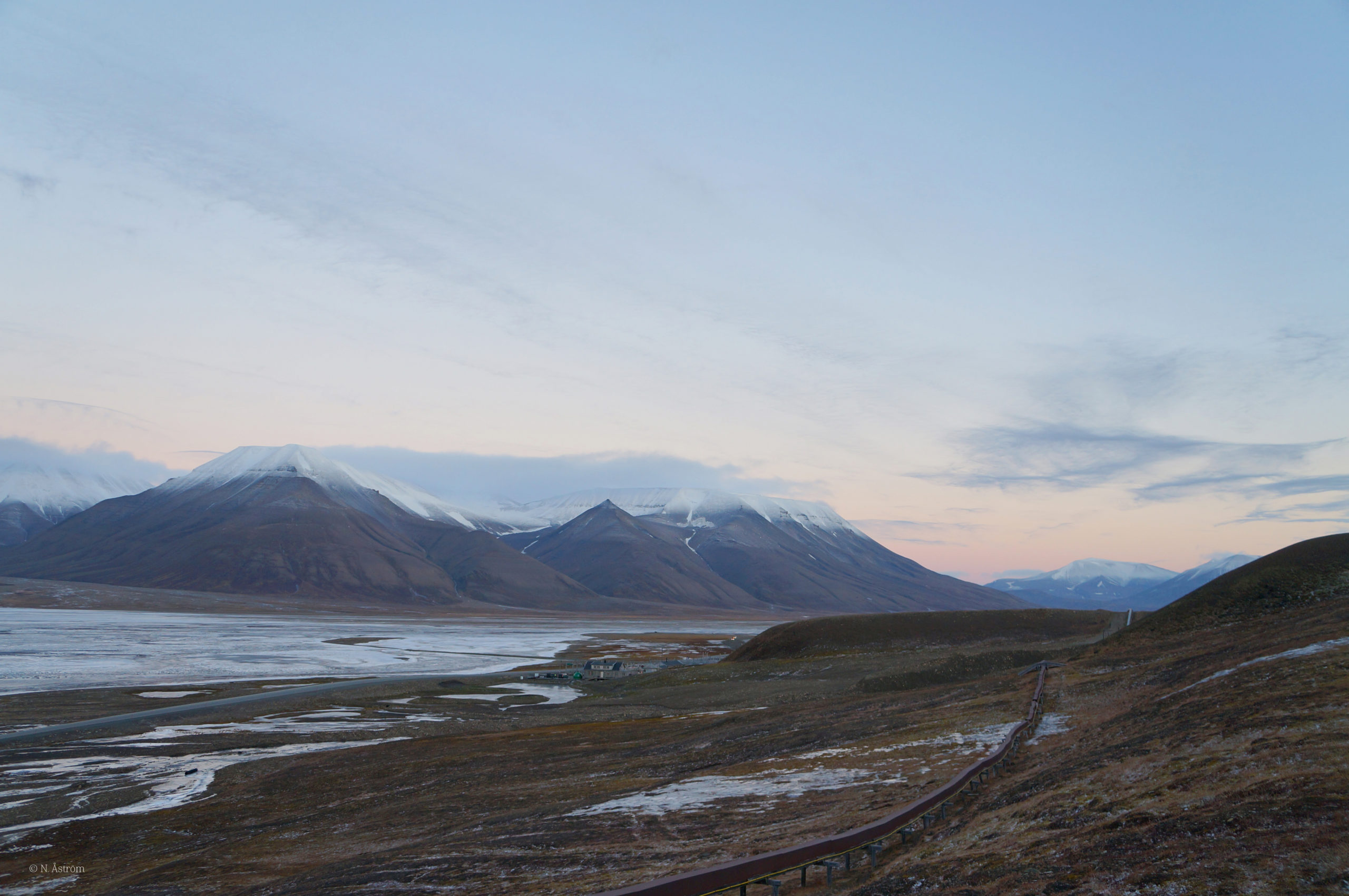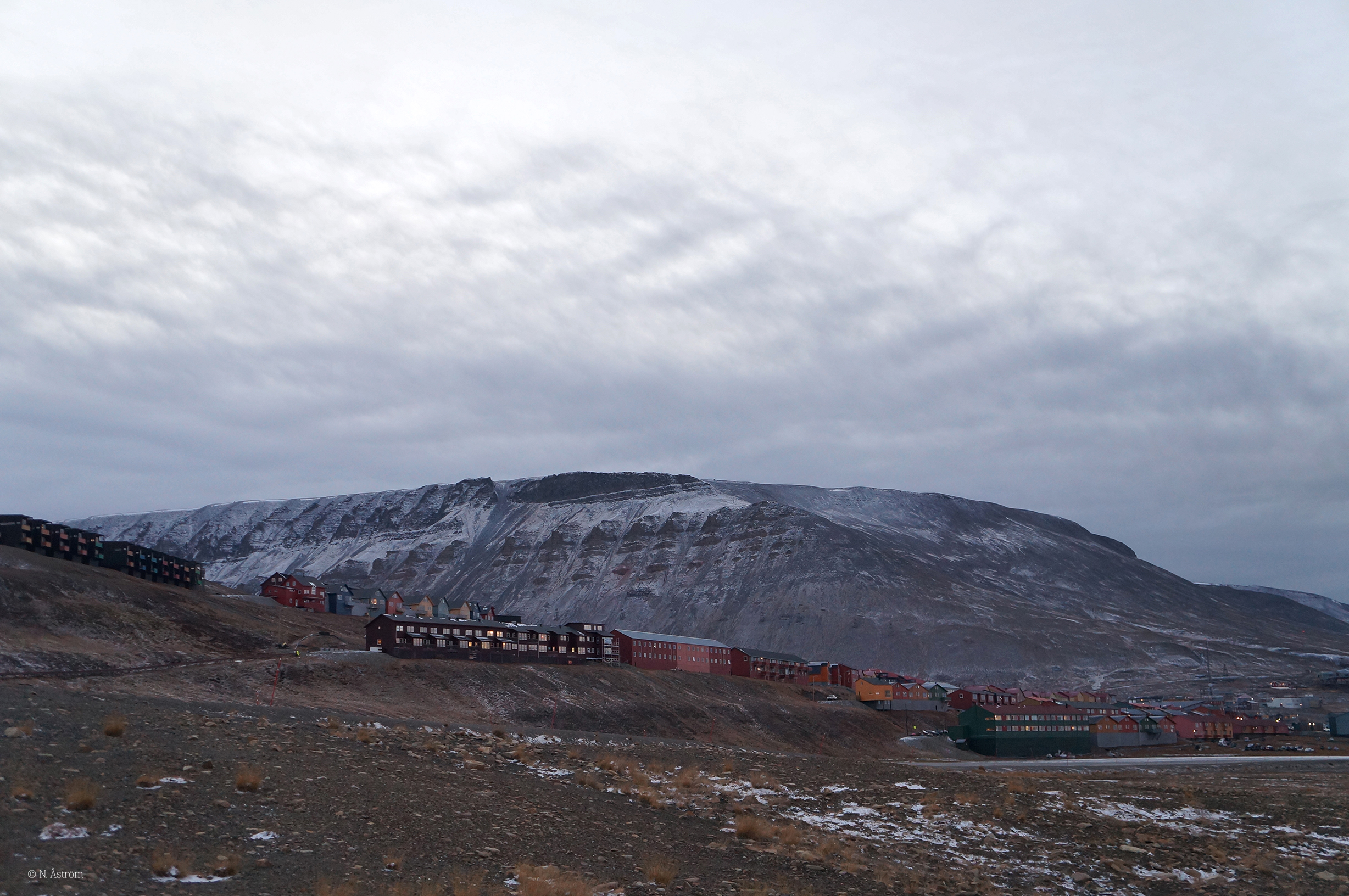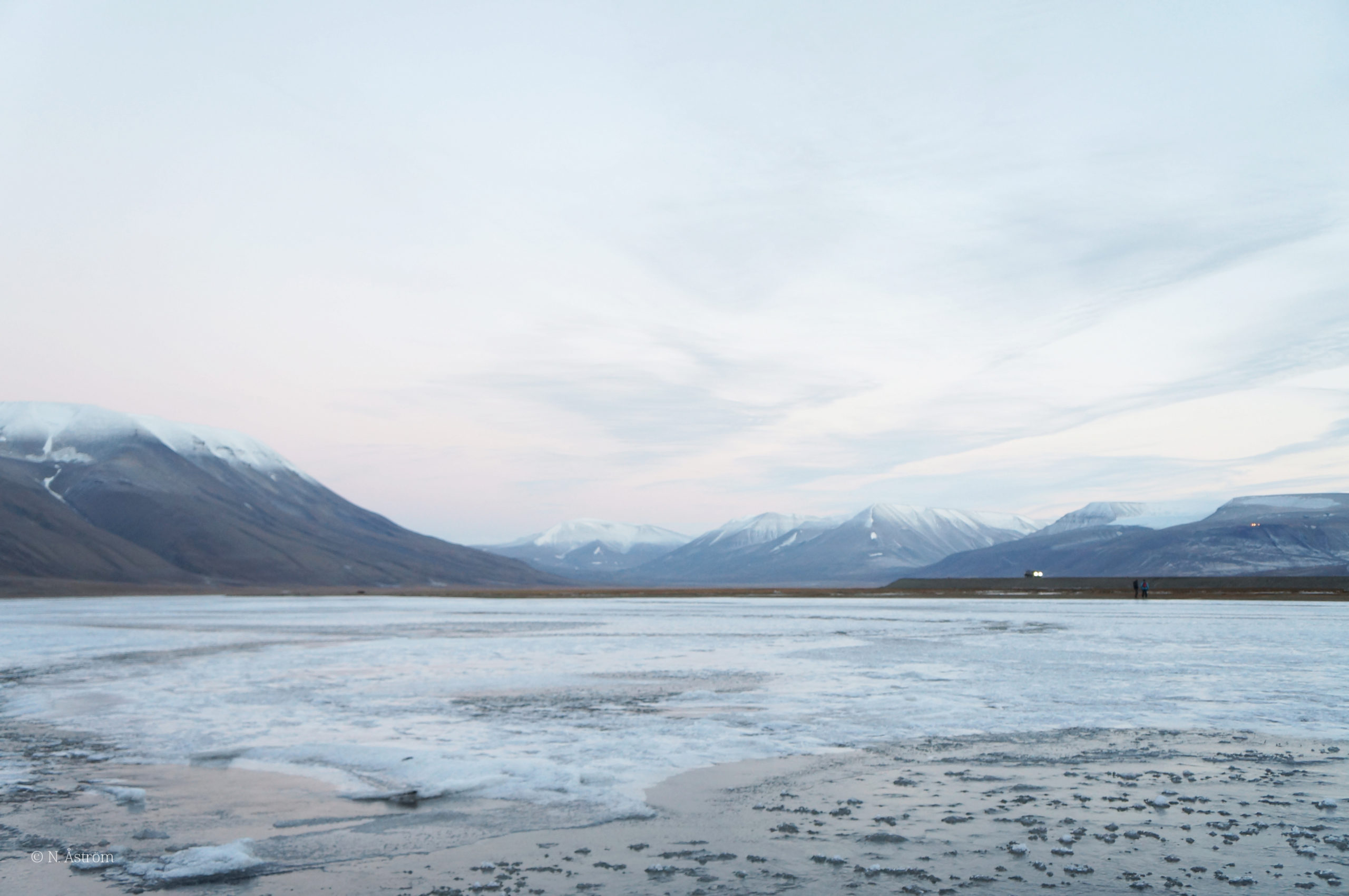
As the Arctic region undergoes several severe changes, it can in this thesis be paired with the theory of extremes as a drive for architectural design. I have chosen Svalbard and Longyearbyen as the main focal point for research and architectural strategies in my master thesis.
My interest in cold climate and harsh environments is long-lived and has had me gain personal experience from living in far North places. I lived and worked in Longyearbyen for some time, and I, therefore, have many real-life experiences to put into this thesis project. Living in the Arctic makes the fact of climate change undeniable. Change is happening at a pace way faster than what can be experienced in the South. Strategies for design need to be invented to face these changes in sustainable and strategic ways, yet they must still embrace the ways of life and history in the high North.
This thesis argues that environmental change in the Arctic, and the challenges that follow with it, can be used as driving force for design of new cityscapes and new architectural solutions.
Thesis Statement
The Arctic is undergoing significant changes due to greenhouse gas emissions. (National Snow and Ice Data Center, 2019). In a few years, the winters have become warmer, which leads to melting of ice, glaciers and permafrost. When the permafrost melts, the methane gas that is currently held in the ground will be released, which will accelerate the warming. This has a massive impact on a global scale as well as a local.
Design needs to be clever and solve several problems at the same time, due to lack of human resources and material. Whenever possible, local and reused materials should be used, and maintenance and building systems must be durable and easy to access.
A lot of outer demands put pressure on Architecture of the Arctic. The daylight is very limited, and the climate is harsh. Energy-efficient solutions must be applied to create sustainable architecture. I believe that we can learn from both the past and present tactics of building in the Arctic as well as the possibilities of the seasonal nature of the region.
Sun and wind harvest, as well as food cultivation in greenhouses, can be used over the seasons. We cannot foresee the future, but architects have always tried to speculate on what is yet to come. Looking back at visions and utopian projects can, in my belief, teach us about our values and ways of looking at the world.
Purpose
- To acknowledge the changes that the Arctic region currently is undergoing.
- To investigate how extreme conditions can drive a design project.
- To develop architectural design strategies that spring from the above mentioned.

Thesis Question
How can climate change-related threats be used as a driving force for new design and city development in Longyearbyen, Svalbard?
Sub ordered question
What typologies and architectural solutions that are appropriate to new conditions of climate change can be invented?
